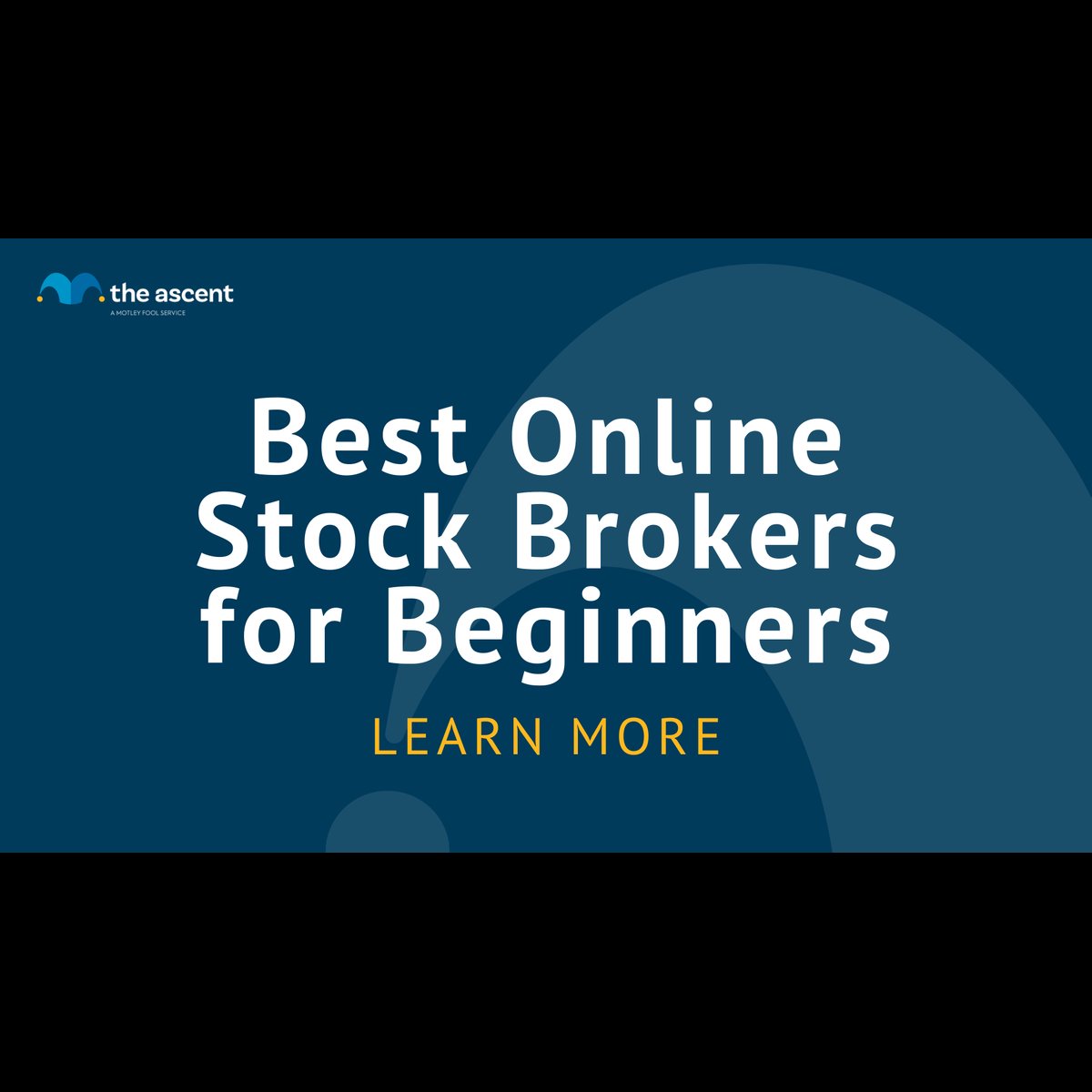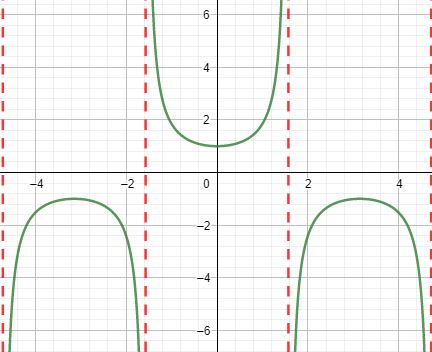
Treasury securities are usually issued to fund government operations as well as defense spending and projects. They are almost guaranteed that their principal will be repaid at the maturity date, giving investors a safe haven as well as a stable investment. Additionally, they have a very high credit rating. Two main ways to invest Treasury bonds are available. The first is by non-competitive bidding. The second is through competition bidding. It is the easiest way to buy Treasury bonds. It involves placing an online order between the morning and the evening before auction. The non-competitive bidder guarantees they will purchase bonds at the auction interest rate. The other option is a competitive offer, which allows investors to select the interest rate they desire and the amount they want. The bidder can choose to pay anywhere from one half to three-quarters of an issue.
The T-bond's maturity period is generally longer so investors can make more. This also increases the chance of the bond falling in price. It is also important to note that the longer the bond, the more volatile the price of the bond will be to rising interest rates. If interest rates rise, the bond's value will fall. In the opposite way, rates that fall will cause the bond to appreciate in value. The maximum amount an investor can purchase in Treasury bond bonds is $5 million.

Not all competitive bids will be accepted. Bidders who offer yields higher than those set by auctions will be rejected. If the rate offered by the competitor is lower or equal to the auction yield, the bid will be accepted. In addition, competitive bids are usually made by corporations or individuals with a knowledge of the securities market.
BrokerTec's minimum trade size requirement of $1 million is met by the average trade size of this new bond. This could be due either to the bond's newness or low trading activity. Trade volumes are also less than other recently issued Treasury securities. This may be due to investors moving risk at higher costs.
With an estimated $24 billion in market value, Treasury bonds are the largest market in the world. This number has increased by more than $5 trillion in the past five years. Due to the rise in the market, Treasury Department asked primary dealers for the purchase of bonds currently on the balance sheet. These bonds are being traded in the secondary market to improve liquidity.

The Treasury has issued a fact sheet that highlights 12 key actions taken across the official sector. The Treasury has released a fact sheet that highlights 12 key actions taken in the official sector. These include the reopening the 20-year bond, weekly aggregate volume data and the reopening separate trading of registered interests and principal securities (STRIPS). In addition, the IAWG released its second Staff Progress Report last week. The IAWG reviewed recent achievements and discussed future plans. It also provided an overview of the recent accomplishments of the Treasury market resilience project.
FAQ
How are securities traded?
The stock market allows investors to buy shares of companies and receive money. To raise capital, companies issue shares and then sell them to investors. Investors then sell these shares back to the company when they decide to profit from owning the company's assets.
Supply and demand are the main factors that determine the price of stocks on an open market. The price rises if there is less demand than buyers. If there are more buyers than seller, the prices fall.
There are two options for trading stocks.
-
Directly from your company
-
Through a broker
What is a Stock Exchange exactly?
Companies sell shares of their company on a stock market. Investors can buy shares of the company through this stock exchange. The price of the share is set by the market. It usually depends on the amount of money people are willing and able to pay for the company.
Companies can also get money from investors via the stock exchange. Investors are willing to invest capital in order for companies to grow. They do this by buying shares in the company. Companies use their money as capital to expand and fund their businesses.
There are many kinds of shares that can be traded on a stock exchange. Some are known simply as ordinary shares. These are the most commonly traded shares. Ordinary shares are traded in the open stock market. The prices of shares are determined by demand and supply.
Other types of shares include preferred shares and debt securities. Preferred shares are given priority over other shares when dividends are paid. A company issue bonds called debt securities, which must be repaid.
What is the main difference between the stock exchange and the securities marketplace?
The entire list of companies listed on a stock exchange to trade shares is known as the securities market. This includes stocks, bonds, options, futures contracts, and other financial instruments. There are two types of stock markets: primary and secondary. The NYSE (New York Stock Exchange), and NASDAQ (National Association of Securities Dealers Automated Quotations) are examples of large stock markets. Secondary stock markets allow investors to trade privately on smaller exchanges. These include OTC Bulletin Board Over-the-Counter, Pink Sheets, Nasdaq SmalCap Market.
Stock markets are important because it allows people to buy and sell shares in businesses. The value of shares depends on their price. A company issues new shares to the public whenever it goes public. Dividends are received by investors who purchase newly issued shares. Dividends can be described as payments made by corporations to shareholders.
Stock markets serve not only as a place for buyers or sellers but also as a tool for corporate governance. The boards of directors overseeing management are elected by shareholders. Boards ensure that managers use ethical business practices. In the event that a board fails to carry out this function, government may intervene and replace the board.
Why is a stock called security.
Security is an investment instrument that's value depends on another company. It may be issued by a corporation (e.g., shares), government (e.g., bonds), or other entity (e.g., preferred stocks). The issuer promises to pay dividends and repay debt obligations to creditors. Investors may also be entitled to capital return if the value of the underlying asset falls.
Statistics
- US resident who opens a new IBKR Pro individual or joint account receives a 0.25% rate reduction on margin loans. (nerdwallet.com)
- The S&P 500 has grown about 10.5% per year since its establishment in the 1920s. (investopedia.com)
- Our focus on Main Street investors reflects the fact that American households own $38 trillion worth of equities, more than 59 percent of the U.S. equity market either directly or indirectly through mutual funds, retirement accounts, and other investments. (sec.gov)
- Individuals with very limited financial experience are either terrified by horror stories of average investors losing 50% of their portfolio value or are beguiled by "hot tips" that bear the promise of huge rewards but seldom pay off. (investopedia.com)
External Links
How To
How to create a trading plan
A trading plan helps you manage your money effectively. This allows you to see how much money you have and what your goals might be.
Before creating a trading plan, it is important to consider your goals. It may be to earn more, save money, or reduce your spending. If you're saving money, you might decide to invest in shares or bonds. You could save some interest or purchase a home if you are earning it. And if you want to spend less, perhaps you'd like to go on holiday or buy yourself something nice.
Once you know your financial goals, you will need to figure out how much you can afford to start. This will depend on where and how much you have to start with. Consider how much income you have each month or week. Your income is the net amount of money you make after paying taxes.
Next, you will need to have enough money saved to pay for your expenses. These expenses include bills, rent and food as well as travel costs. These all add up to your monthly expense.
The last thing you need to do is figure out your net disposable income at the end. This is your net discretionary income.
You're now able to determine how to spend your money the most efficiently.
Download one online to get started. Ask someone with experience in investing for help.
For example, here's a simple spreadsheet you can open in Microsoft Excel.
This will show all of your income and expenses so far. You will notice that this includes your current balance in the bank and your investment portfolio.
Here's an additional example. A financial planner has designed this one.
It will help you calculate how much risk you can afford.
Do not try to predict the future. Instead, focus on using your money wisely today.